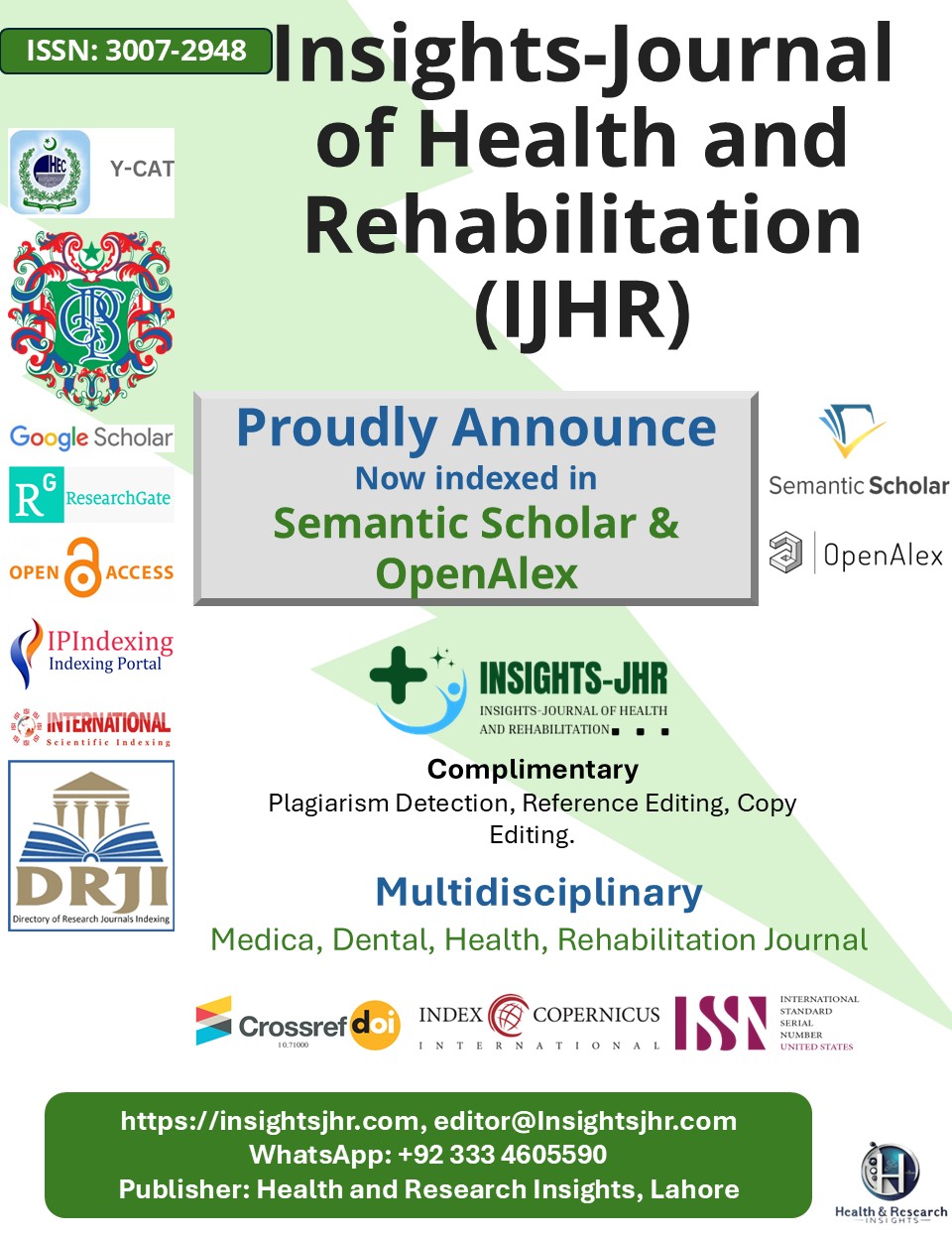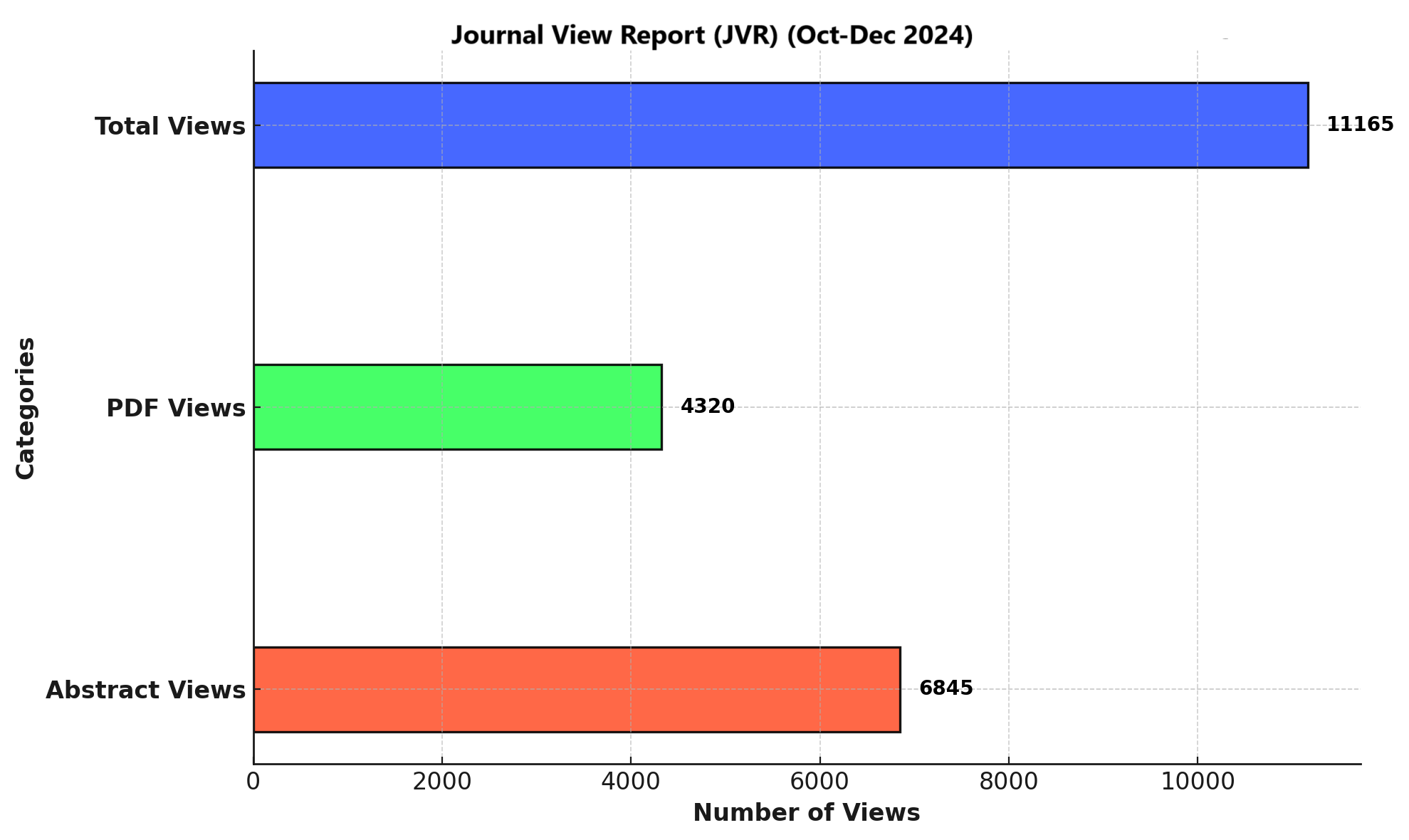EFFECTIVENESS OF TASK ORIENTED TRAINING VERSUS TREADMILL TRAINING IN SPASTIC DIPLEGIC CEREBRAL PALSY
DOI:
https://doi.org/10.71000/38jyvs13Keywords:
Cerebral palsy, gross motor function, physical therapy, rehabilitation, spastic diplegia, task performance, treadmill trainingAbstract
Background: Cerebral palsy (CP) is a non-progressive neurological disorder affecting movement and posture due to early brain injury. Spastic diplegic cerebral palsy (SDCP), a common subtype, primarily affects lower limb function, leading to impaired mobility and independence. Rehabilitation strategies aim to enhance motor performance and quality of life in these individuals, with growing interest in task-specific and gait-focused interventions.
Objective: To compare the effects of Task-Oriented Training and Treadmill Training on gross motor function and mobility in children with SDCP.
Methods: A comparative controlled trial was conducted over four months at Children Hospital Multan and affiliated clinics, involving 50 children aged 5 to 18 years diagnosed with SDCP. Participants were randomly assigned to either a Task-Oriented Training group (n=25) or a Treadmill Training group (n=25). Each group received structured physiotherapy interventions over a 6-week period. Motor outcomes were assessed using the Gross Motor Function Measure-88 (GMFM-88) and Timed Up and Go (TUG) test. Data normality was confirmed using the Shapiro-Wilk test (p > 0.05), enabling parametric analysis. Paired t-tests were used for within-group comparisons and independent t-tests for between-group comparisons.
Results: In the Task-Oriented group, the mean TUG score improved from 18.56 ± 3.228 to 15.84 ± 3.210 (p=0.021), and the GMFM score increased from 51.25 ± 18.95 to 55.63 ± 19.48 (p=0.001). In the Treadmill group, the TUG score improved from 17.04 ± 3.769 to 14.56 ± 4.011 (p=0.031), and GMFM scores increased from 47.16 ± 17.438 to 50.74 ± 17.626 (p=0.002). Task-Oriented Training showed comparatively greater gains.
Conclusion: Both interventions significantly improved motor function in children with SDCP, but Task-Oriented Training demonstrated superior outcomes in gross motor skill development.
Downloads
Published
Issue
Section
License
Copyright (c) 2025 Robab Batool, Muhammad Ammar, Prem Lata, Aqsa Lakhani, Muhammad Behzad Ali, Warda Afifa, Areej Fatima, Ahmar Zafar (Author)

This work is licensed under a Creative Commons Attribution-NonCommercial-NoDerivatives 4.0 International License.







